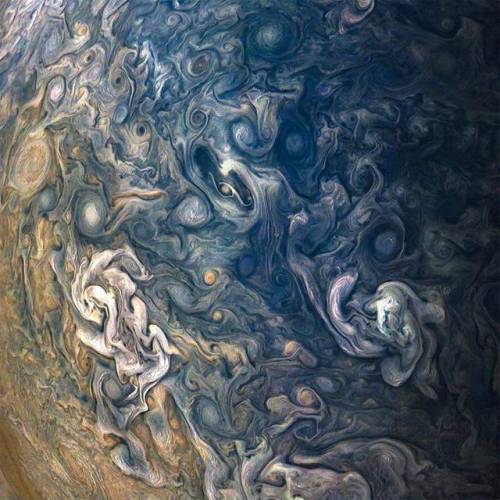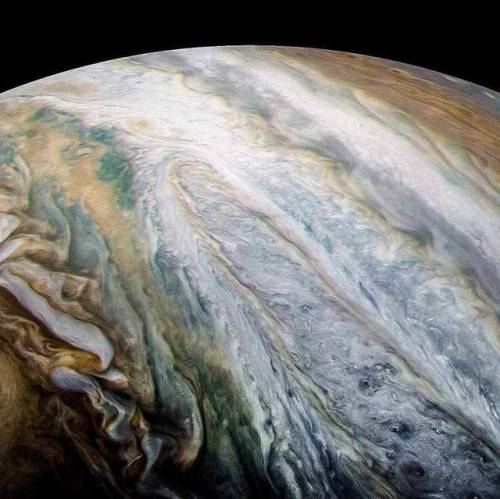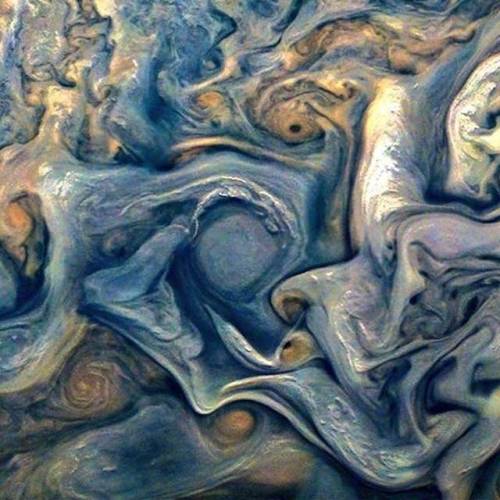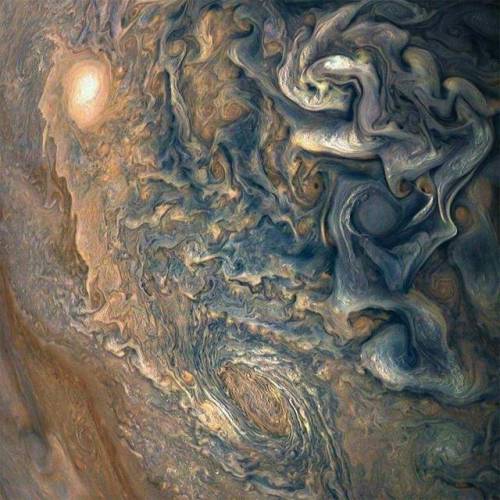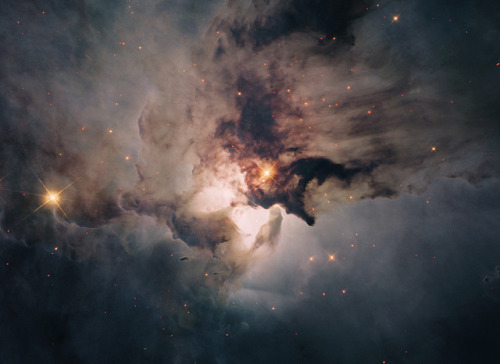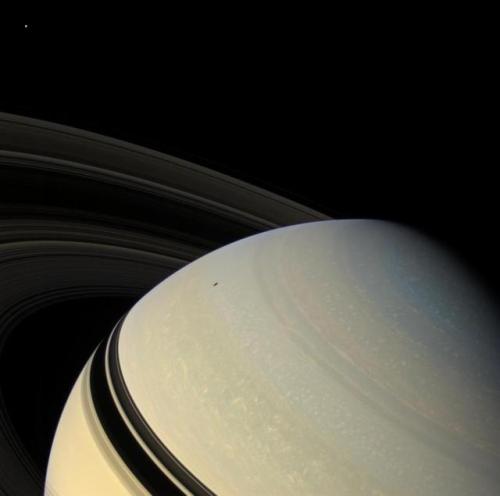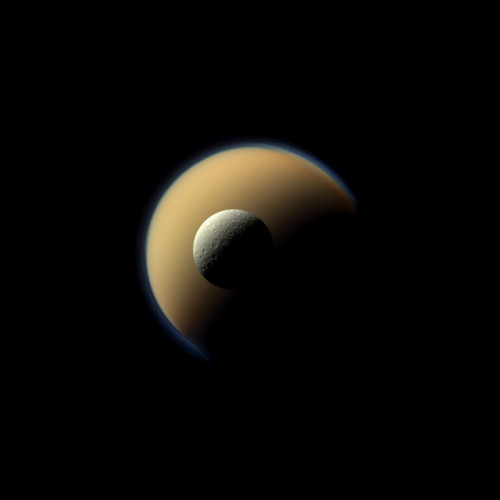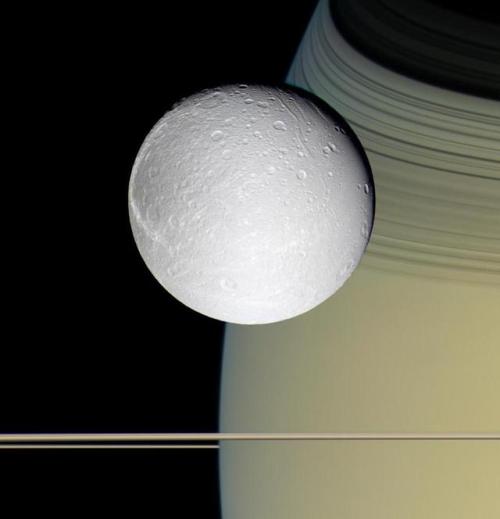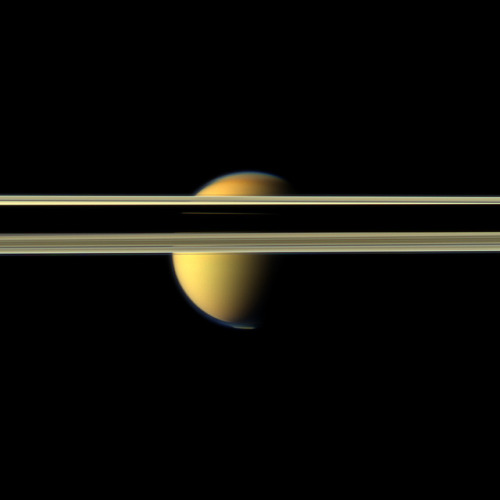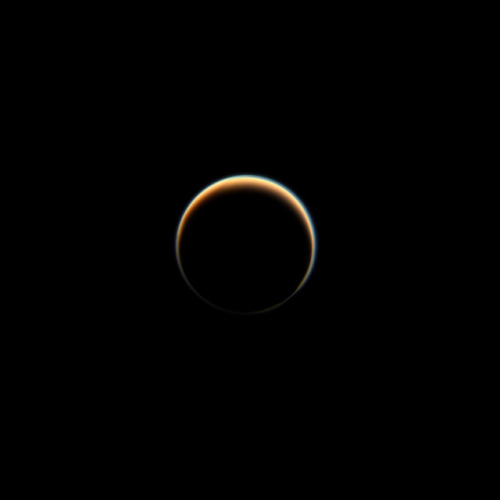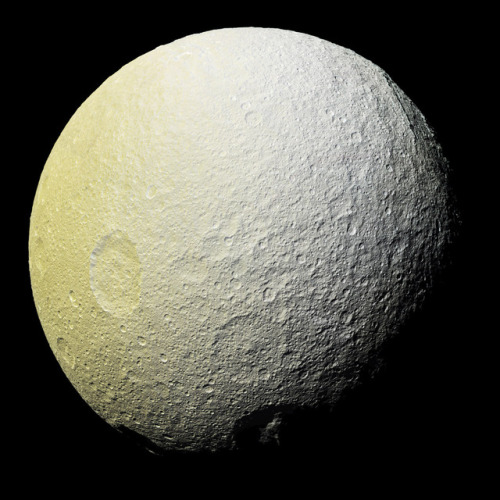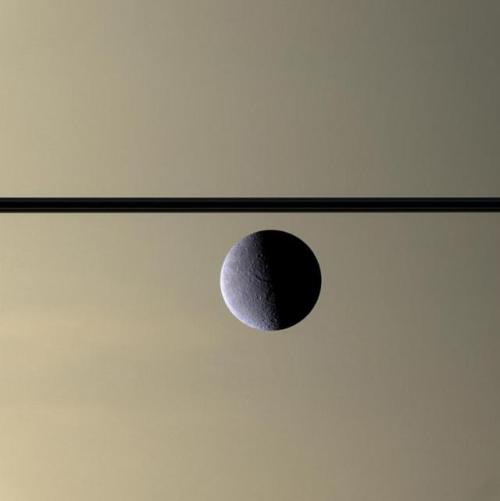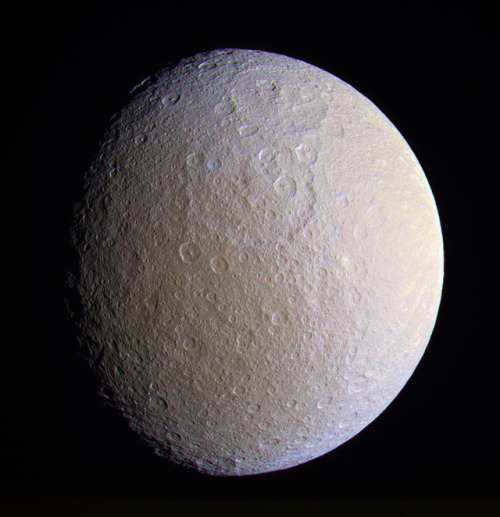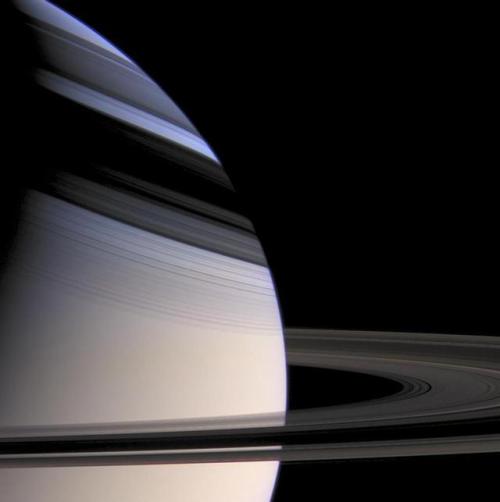Veil Nebula Supernova Remnant
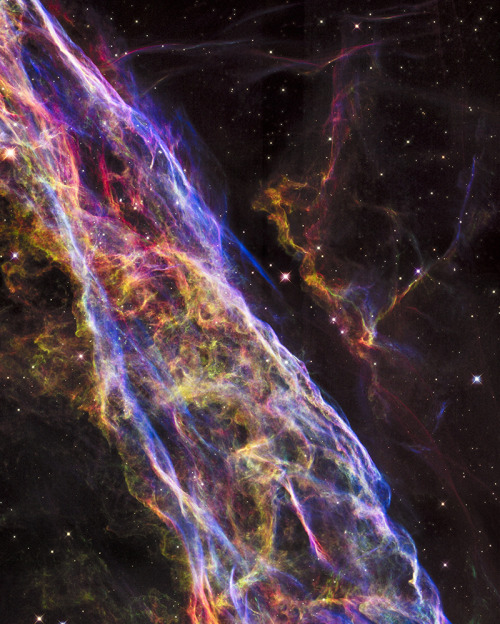
Veil Nebula Supernova Remnant
via NASA Hubble Space Telescope has unveiled in stunning detail a small section of the expanding remains of a massive star that exploded about 8,000 years ago.
Called the Veil Nebula, the debris is one of the best-known supernova remnants, deriving its name from its delicate, draped filamentary structures. The entire nebula is 110 light-years across, covering six full moons on the sky as seen from Earth, and resides about 2,100 light-years away in the constellation Cygnus, the Swan.
This view is a mosaic of six Hubble pictures of a small area roughly two light-years across, covering only a tiny fraction of the nebula’s vast structure.
This close-up look unveils wisps of gas, which are all that remain of what was once a star 20 times more massive than our sun. The fast-moving blast wave from the ancient explosion is plowing into a wall of cool, denser interstellar gas, emitting light. The nebula lies along the edge of a large bubble of low-density gas that was blown into space by the dying star prior to its self-detonation.
Image Credit: NASA/ESA/Hubble Heritage Team
More Posts from Xnzda and Others
Charting the slow death of the Universe
Paris (SPX) Aug 12, 2015 The study, which is part of the Galaxy And Mass Assembly (GAMA) project, the largest multi-wavelength survey ever put together, involved many of the world’s most powerful telescopes [1]. “We used as many space and ground-based telescopes as we could get our hands on to measure the energy output of over 200 000 galaxies across as broad a wavelength range as possible,” says Simon Driver ICRA Full article

Callisto, Jupiter’s heavily-cratered Galilean moon that’s around 99% as large as Mercury but only a third as massive, bears a striking resemblance to that planet.
via reddit
So it turns out, Pluto is red.

What color is Pluto? If you search for the dwarf planet on Google, images suggest that it’s a sort of steely blue or gray color. But now, NASA’s New Horizons spacecraft is closing in on it, and has learned Mars isn’t the only red planet in our solar system. But the reason it’s red couldn’t be more different from Mars.
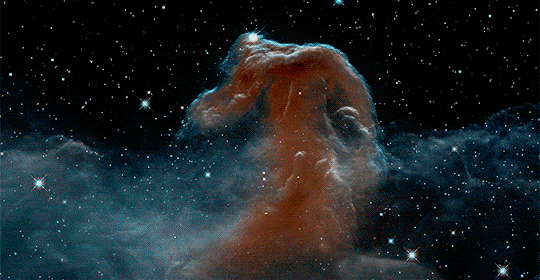
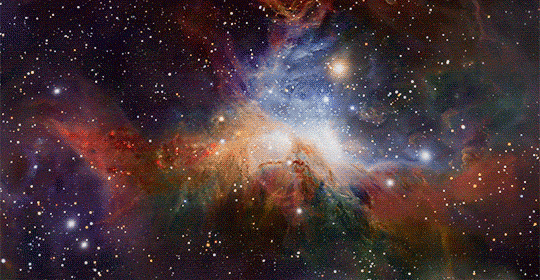
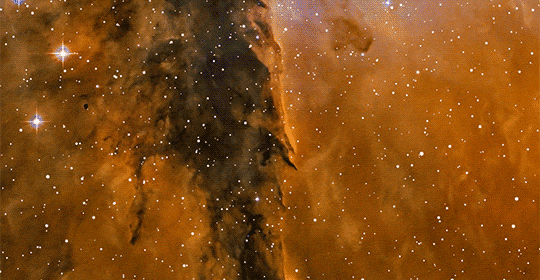

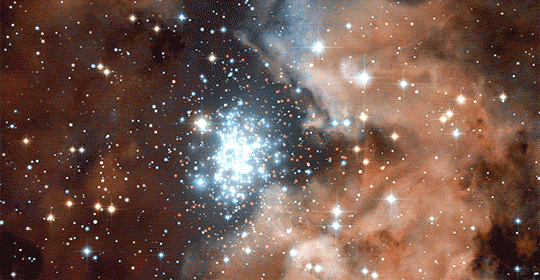
Flying Across The Universe (From Top to Bottom: Horsehead Nebula, Orion Nebula, Eagle Nebula, Tarantula Nebula, and NGC 3603)
-
 oneprarieoutpost liked this · 4 years ago
oneprarieoutpost liked this · 4 years ago -
 almostpop liked this · 4 years ago
almostpop liked this · 4 years ago -
 overthemountainsandunderthestars reblogged this · 4 years ago
overthemountainsandunderthestars reblogged this · 4 years ago -
 your-marcus-m2 liked this · 4 years ago
your-marcus-m2 liked this · 4 years ago -
 sumptuousfete reblogged this · 4 years ago
sumptuousfete reblogged this · 4 years ago -
 marialeecollectorfan reblogged this · 4 years ago
marialeecollectorfan reblogged this · 4 years ago -
 xnzda reblogged this · 5 years ago
xnzda reblogged this · 5 years ago -
 honeybaby-94 liked this · 6 years ago
honeybaby-94 liked this · 6 years ago -
 sammixo8 reblogged this · 7 years ago
sammixo8 reblogged this · 7 years ago -
 sammixo8 liked this · 7 years ago
sammixo8 liked this · 7 years ago -
 unknowsomethings liked this · 7 years ago
unknowsomethings liked this · 7 years ago -
 plipplopp reblogged this · 7 years ago
plipplopp reblogged this · 7 years ago -
 crystalcisme liked this · 7 years ago
crystalcisme liked this · 7 years ago -
 owlbirb reblogged this · 7 years ago
owlbirb reblogged this · 7 years ago -
 universumnow reblogged this · 7 years ago
universumnow reblogged this · 7 years ago -
 orange-mnm reblogged this · 8 years ago
orange-mnm reblogged this · 8 years ago -
 quartersety-of-a-holsety reblogged this · 8 years ago
quartersety-of-a-holsety reblogged this · 8 years ago -
 captainmiu liked this · 8 years ago
captainmiu liked this · 8 years ago -
 chris8014-blog liked this · 8 years ago
chris8014-blog liked this · 8 years ago -
 pur-b-o-n-h-e-u-r liked this · 8 years ago
pur-b-o-n-h-e-u-r liked this · 8 years ago -
 desirekeepsburnin reblogged this · 8 years ago
desirekeepsburnin reblogged this · 8 years ago -
 moonlitcrystals-blog1 reblogged this · 8 years ago
moonlitcrystals-blog1 reblogged this · 8 years ago -
 gojibaer liked this · 8 years ago
gojibaer liked this · 8 years ago -
 aquarterofasmore liked this · 8 years ago
aquarterofasmore liked this · 8 years ago -
 kxngsunshxne-blog reblogged this · 8 years ago
kxngsunshxne-blog reblogged this · 8 years ago -
 twoheadedwhore-blog liked this · 8 years ago
twoheadedwhore-blog liked this · 8 years ago -
 yaorozu reblogged this · 8 years ago
yaorozu reblogged this · 8 years ago -
 kaldary reblogged this · 8 years ago
kaldary reblogged this · 8 years ago -
 gender-bender-ginger liked this · 8 years ago
gender-bender-ginger liked this · 8 years ago -
 gender-bender-ginger reblogged this · 8 years ago
gender-bender-ginger reblogged this · 8 years ago -
 das-dragons-lair liked this · 8 years ago
das-dragons-lair liked this · 8 years ago -
 treraer liked this · 8 years ago
treraer liked this · 8 years ago -
 poroussoul liked this · 8 years ago
poroussoul liked this · 8 years ago

